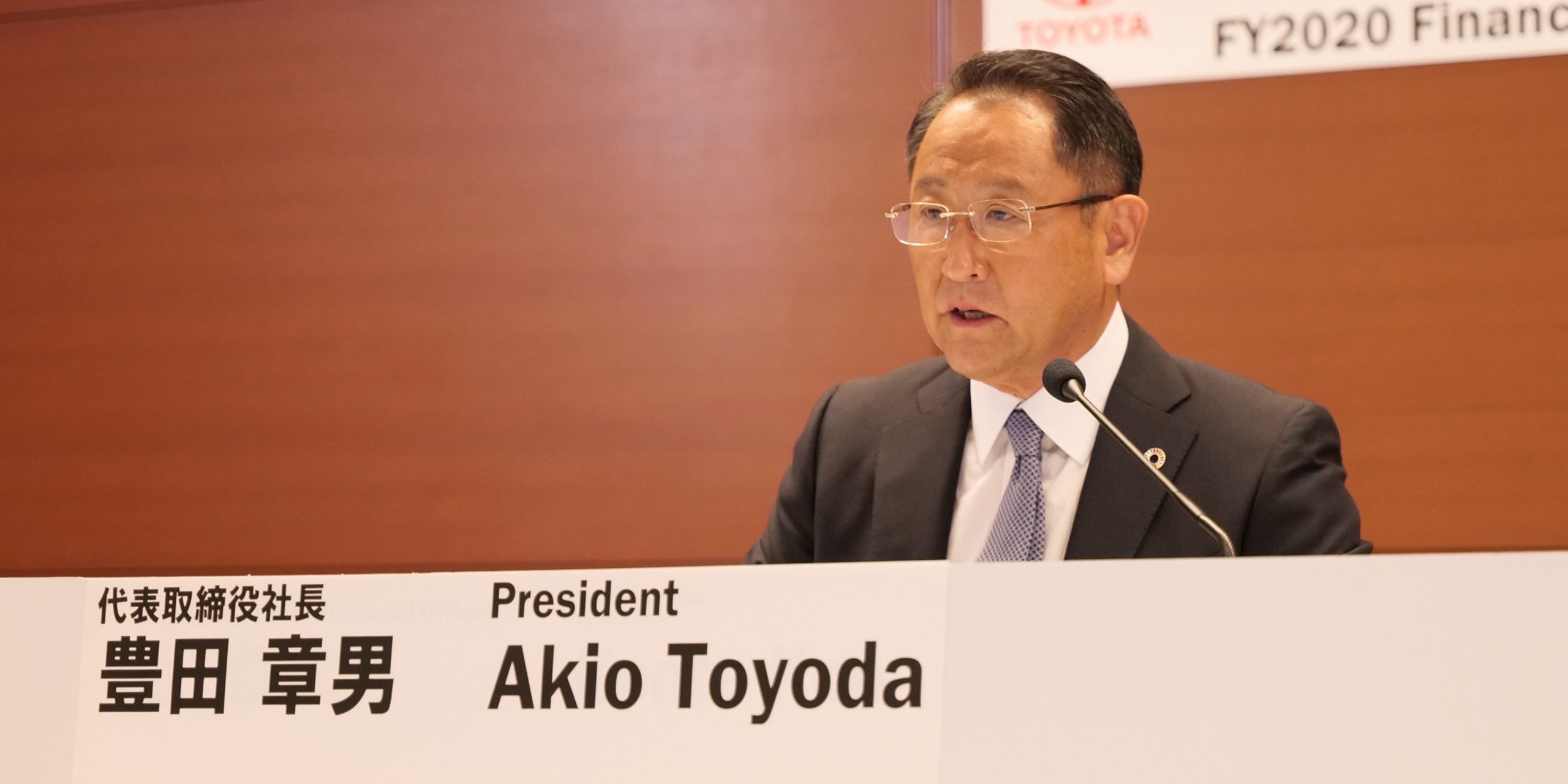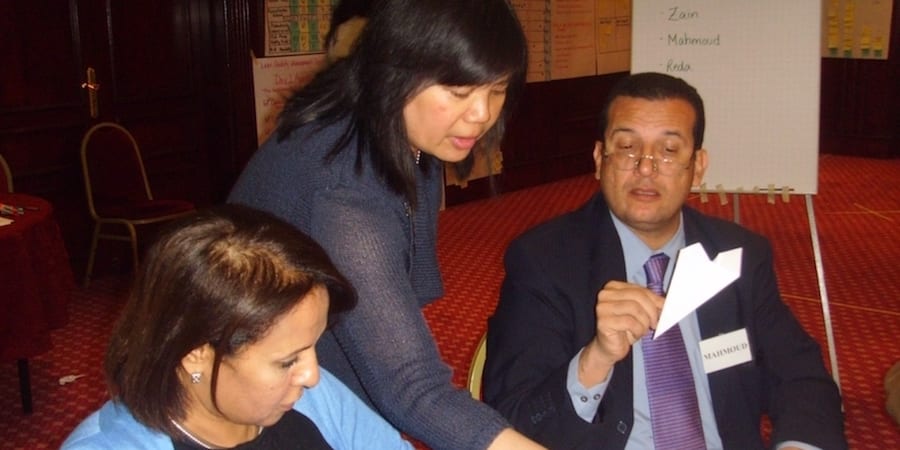
Michael Ballé on why lean thinking makes cost-cutting smart
FEATURE - What is the relationship between lean thinking and cost-cutting? Here's why you should focus on improvements as opposed to slashing a budget.
Words: Michael Ballé and Jacques Chaize, Institut Lean France
At lean conferences, people often ask: “My boss is only interested in cost-cutting. How can I make him buy into lean as a means to an end as opposed to focusing solely on the bottom line?”
This is a rather strange question that indicates that it’s easy to project on “lean” any idea one has on how management should be in an ideal world, no matter how far-fetched. Lean is originally an adaptation of the Toyota Production System (TPS) outside of the automotive industry, and remains deeply rooted in TPS.
In the old days, TPS presentations used to invariably begin with stating the aims of:
- Making products that benefit society;
- Making a profit to be able to do it sustainably;
- Through HR development.
Then, in one of the conferences, came the mysterious “PROFIT = PRICE – COST, not PRICE = COST + PROFIT” slide. What this equation meant to convey was the idea that rather than doing the usual - counting costs, dropping a profit margin over the cost figure and trying to sell at that price - competitiveness lay in selling at market price, subtracting costs and that profit was whatever you were left with.
Lean is overwhelmingly profit-oriented (without profit, you can’t live now and you can’t grow tomorrow) and cost-conscious.
Lean is about reducing costs, but maybe not about cutting costs.
The fundamental insight is that any financial figure is the result of multiplying a physical performance and a price tag: SALES = NUMBER OF UNITS SOLD X PRICE PER UNIT.
The same is true for costs. For instance, the cost of labor is the number of worked hours multiplied by the hourly cost. Rather than reducing costs by going through the P&L line by line and cutting budget items that seem too high, lean thinking looks at physical performance and focuses on improving it instead of slashing budgets.
Here’s an example: 70% of the production cost of many products lies in purchased parts. A cost-cutting method would, as the French government does in purchasing services, systematically pick the lowest bidder. However, the real cost of doing so can be high if the lowest bidder ships many non-conforming parts or can’t ship on time. One bad component that slips through can cause the company huge costs if it reaches the customer (ask Toyota about faulty break pedal parts) as well as add huge inspection costs to the process. Reworking a faulty component can take the same time as producing a good one right first time, minus the costs that the rework entails.
The advantage of choosing the cheapest supplier can be attractive on paper, but the actual cost of supplying from a non-performing vendor is much higher.
While there is no equivalence between P&L numbers and physical performance, one lean rule of thumb could be:
- SALES = QUALITY (quality drives repeat sales and reputation)
- CASH = LEAD TIME (delivery delays, inventories and payment delays are a large part of cash flow)
- EBITDA = PRODUCTIVITY (at the end of the day, productivity is wealth)
- CAPEX = FLEXIBILITY (if existing equipment is not flexible enough any new product requires capital expenditure to set up new production means)
- TRUST = SAFETY & SECURITY
Additionally, companies are not driven by balance sheets, but by people. So we would add human capital in terms of:
In the previous example, by choosing a supplier or service provider that is willing to work to improve its quality, a company can increase sales, cash (good parts require less safety stocks), EBIT by driving down the cost of dealing with poor quality, and so on.
Pulling work so that the production pace is equal to the sales pace is the basic lean method to improve physical performance because it will highlight every issue, and people can then be engaged in solving problems one by one. As problems get solved, people learn and capabilities increase, which further reduces costs.
Learning to pull leads to building a virtuous circle into the company’s operations. One direct effect of that is production increasingly working just in time and the real costs becoming clearer and clearer. The objective is of course to reduce costs rather than count them, and the pull system will do so by targeting costs so that the employees themselves (if management cares and asks nicely) will find an endless stream of potential reductions.
Cutting costs based on the evidence provided by a balance sheet is much like trying to increase the speed of the car by pushing the speedometer needle forward rather than pressing on the accelerator pedal. Every cost line is both very precise and not very useful in terms of knowing how to reduce it.
But many lean enthusiasts forget that improving processes is not an end in itself.
Lean is about reducing costs, albeit through improvement rather than cost cutting.
Consequently, it is their responsibility to fully understand accounting costs and finance systems in order to be able to help line management to truly reduce costs, as well as check that their efforts are having an impact on the bottom line.
At the end of the day, sales are vanity, profit is sanity but cash is reality. And a program that doesn’t pay back in terms of cash and profit can be many things but it is not “lean.”
THE AUTHOR


Read more


FEATURE – Akio Toyoda’s May 12th press conference to present Toyota’s financial results offers great insights into how the company is reacting to the pandemic, say Jeff Liker and John Shook.


PROFILE – While pioneering the application of lean thinking in healthcare, Alice Lee realized that you should always approach teaching as you do problem solving: scientifically, situationally, and with the humility of a learner.


INTERVIEW - Eric Ethington shares what he has learned about lean thinking implementations during his 30-year career holding positions at General Motors, Delphi and Textron.


FEATURE – As South Africa fights a second Covid-19 wave, the CEO of a hospital group shares some of the lessons learnt so far and how Lean Thinking is helping the organization resist.

